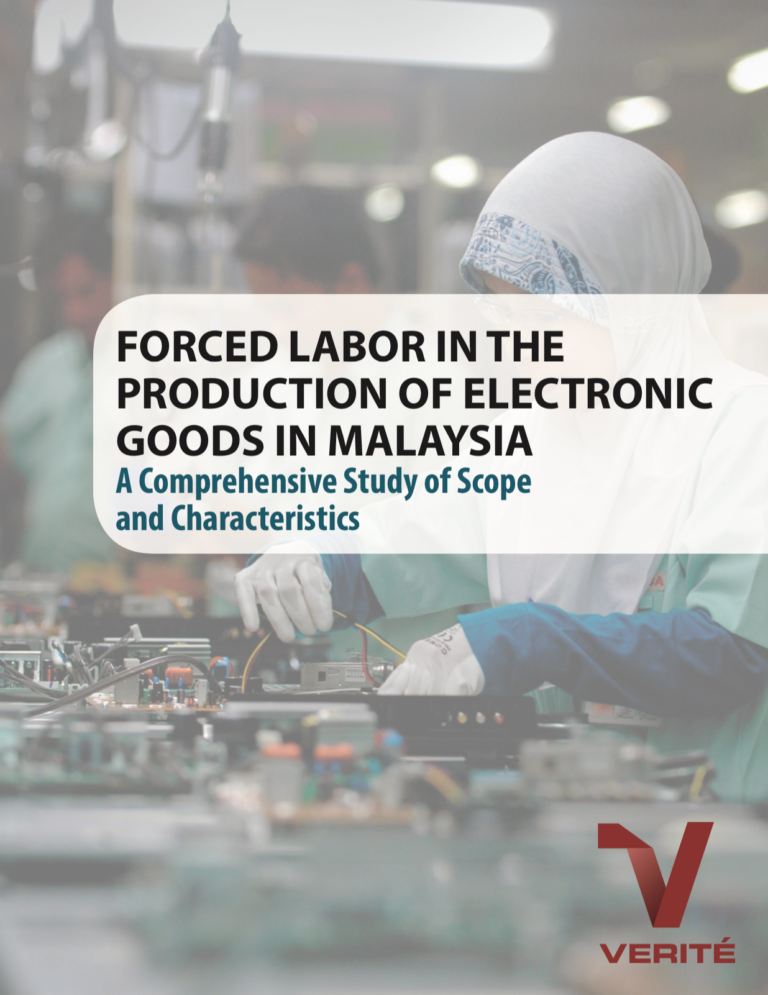On Thin Ice: Proving What We Know to be True – An Examination of the Nexus Between Human Trafficking and Corruption
PublicationsMost in the anti-human trafficking and modern slavery community agree that trafficking activities are aided and facilitated by corruption. Yet research shows that the available data supporting this assumption is thin. More evidence is needed to bette...Read More

